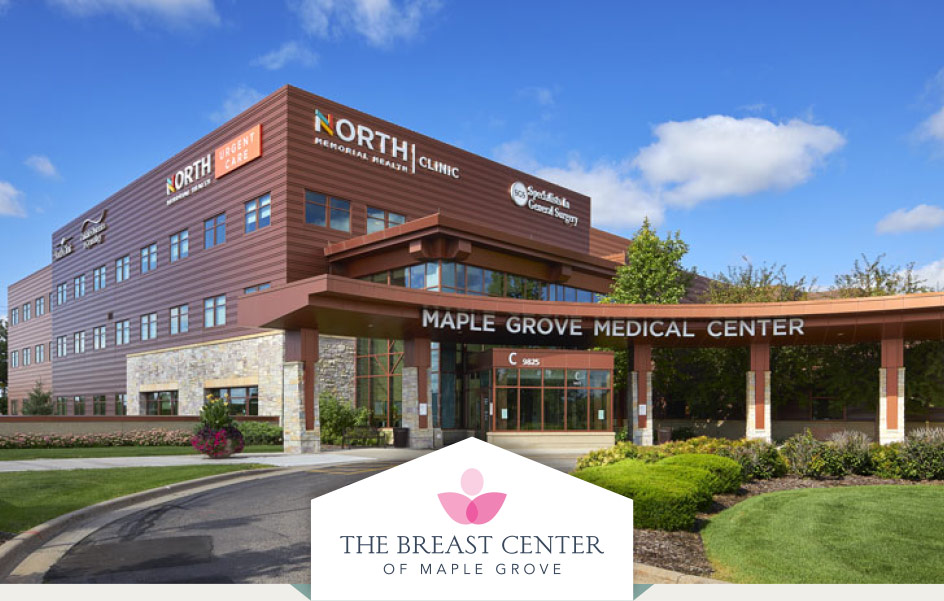A diagnostic mammogram helps your radiologist evaluate a specific area of breast tissue in greater detail. Your doctor will generally recommend this procedure following a screening mammogram that indicates suspicious results.
Though it’s normal to feel hesitant or nervous about undergoing a new procedure, it’s important to remember that a diagnostic mammography is actually a preventative measure used to closely inspect abnormalities in your tissue to help rule out cancer.
In fact, nearly 90% of diagnostic mammograms performed as a result of a screening mammogram turn out to be nothing. However, if cancer is detected, having this procedure done as soon as possible ensures you receive treatment promptly, and if caught early, it will be less invasive and more successful!
To help you understand what’s involved in this procedure, we’ve compiled a few frequently asked questions about what a diagnostic mammography is and what you should expect.
What Is a Diagnostic Mammogram?
Diagnostic mammography is a type of digital imaging procedure used to identify changes in breast tissue. An X-ray machine takes multiple images of a smaller area of the breast to evaluate a specific area of concern. A radiologist will use these images to evaluate suspicious symptoms that may be signs of cancer.
This may include:
- Lumps
- Nipple discharge
- Pain
- Dimpling
Screening Mammography vs. Diagnostic Mammography
At this point, you may be wondering what the difference is between this procedure and your annual mammogram screening:
- An annual screening mammogram takes images of the entire breast to screen for breast cancer and other abnormalities. It’s recommended that women over the age of 40 schedule annual mammograms to help detect any changes to cell tissue that may not be visible to the eye or by touch.
- A diagnostic mammogram may be recommended after a regular screening mammogram. Cancer cells or other breast abnormalities often have a different appearance than normal breast tissue. Therefore, if a radiologist identifies an area of breast tissue that looks suspicious, he or she will likely order a diagnostic mammogram to evaluate the area in greater detail.
How Is Diagnostic Mammography Performed?
Having a diagnostic mammogram is similar to a screening mammogram. You will stand upright and place one breast at a time on a special platform of the mammography unit.
Your mammographer will gradually compress the breast, working with you to limit discomfort. During this time, the mammographer will ask you to hold still and restrict movement, preventing blurred images that could affect your results. Your mammographer may also reposition you between images to ensure an accurate tissue screening
Benefits of Diagnostic Mammography
A diagnostic mammography offers the advantage of detecting breast cancer in its earliest, most treatable stages. Early detection can improve your prognosis, leading to less invasive treatments if your clinician detects cancer early.
In addition, diagnostic mammography eliminates any doubts about ambiguous changes observed with regular screening mammograms, which helps maintain peace of mind for both you and your doctor.
Are There Any Risks?
As with a screening mammogram, you may experience discomfort during the procedure due to compression of the breast tissue. In addition, you may experience stress or anxiety about the outcome of the results. In certain circumstances, your doctor may also recommend further diagnostic evaluation by having a breast ultrasound or additional testing.
Although these potential risks may cause you to feel hesitant about the procedure, please remember that finding cancer early can drastically improve your chances for successful treatment. Therefore, we hope you agree that the benefits of this procedure significantly outweigh any potential risks.
Schedule Your Mammogram Today
At The Breast Center of Maple Grove, you’ll find quality, compassionate diagnostic breast imaging services Monday through Friday from 7:30 a.m.-5:00 p.m. For your peace of mind, we also offer same-day results for diagnostic mammograms, which means that following the procedure, one of our experienced radiologists will walk you through the results, answer your questions, and help you feel ready to take the next step in your women’s health journey.
To learn more, please call us at 763-398-6370 or fill out an online form to schedule your appointment.

